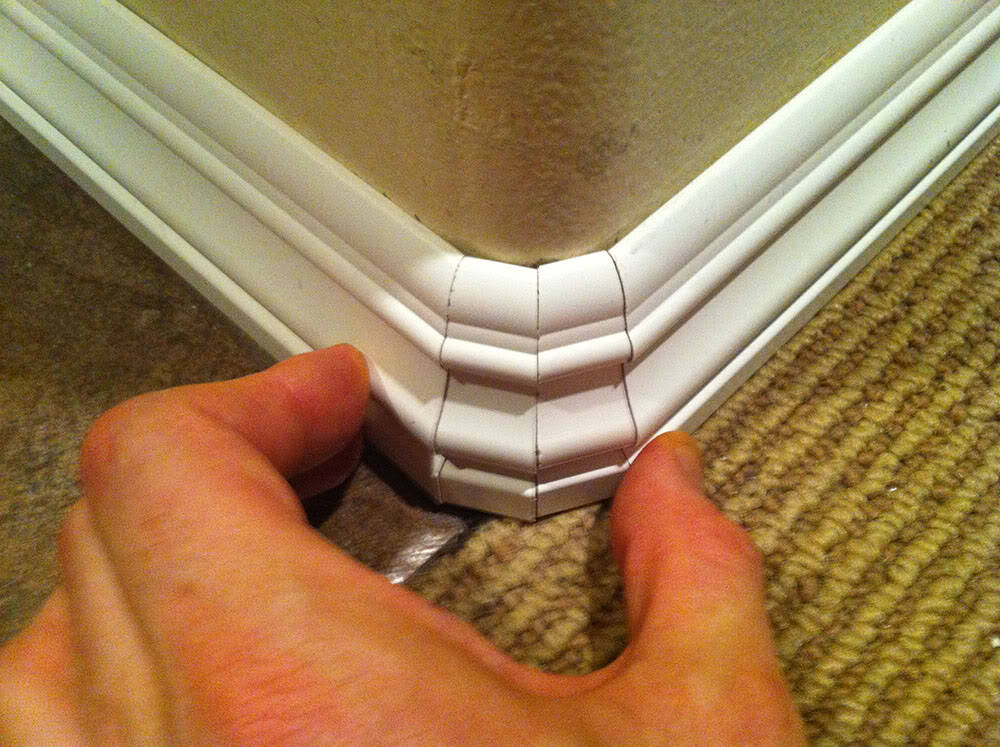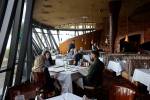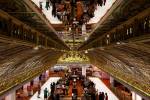Small pieces of baseboard will help negotiate rounded corners
Q: I am going to install some new baseboards in our house. My problem is that the corners of our walls are not at 90-degree angles. They are rounded bullnose corners, and the baseboard manufacturer does not make rounded pieces for this type of corner. I certainly can’t bend the baseboard around the corner, so how can I make the turn?
A: You actually could bend the baseboard around the corner, but it would require specialized equipment and techniques, as well as a lot of time.
If you want to take the easy way out, you could always buy baseboard from a manufacturer that does offer bullnose corners. If you want to stay with the baseboard you bought, then grab a calculator and a miter saw.
Regardless of whether a corner is square or a rounded bullnose, it still forms a 90-degree angle. There are rooms that will have vastly different angles that you can negotiate using the same method.
Let’s say that your walls did form a square corner and was not rounded. Your baseboard would join at one miter joint where the boards intersected. The joint would require two cuts, one on each piece of baseboard. So the 90-degree angle would be formed by two cuts, each at 45 degrees (90/2 = 45).
For your corner, you will use a series of small pieces of baseboard to round the corner. The more pieces you use, the more gradual the curve will be. However, the more pieces you use, the smaller those pieces will have to be, and this makes the job more dangerous because you will be holding small pieces of baseboard close to a whirring saw blade.
A power miter saw is an absolute must for this job. A compound miter saw is even safer, because you can lay the short pieces on the saw’s table, rather than holding them against the fence. You can rent one for half a day for less than $25.
I would use three pieces to round the corner. You are going to cut four miters: two where the first piece meets the second and two where the second piece meets the third piece.
The outside ends of the first and third pieces will stay at a 90-degree angle (this is where the long lengths of baseboard will meet the corner). You will use 22.5-degree angles for the miter cuts (90/4 = 22.5). Many miter saws come with this angle premarked.
Depending on your bullnose corner, the decorative face of the baseboard will be between one-half and five-eighths of an inch wide. (You may need to adjust the width after you place them together.)
With the saw blade spinning at 4,600 rpm, you can see why you have to be careful. Use a carbide blade and the baseboard will cut like butter.
What you will be left with is three trapezoid-shaped pieces that will form the curve when held together. Glue the pieces together using carpenter’s glue, and hold them in place with blue painter’s tape. Don’t nail this delicate piece to the wall, either. Instead, use a dab of construction adhesive.
When you’ve got the baseboard secured to the wall, run a thin bead of caulking along the top to hide any gaps.
Mike Klimek is a licensed contractor and owner of Las Vegas Handyman. Questions may be sent by email to: handymanoflasvegas@msn.com. Or mail to: 4710 W. Dewey Drive, No. 100, Las Vegas, NV 89118. His Web address is www.handymanoflasvegas.com.
DO-IT-YOURSELF
Project: Bullnose baseboard corners
Cost: Under $25
Time: Under 1 hour
Difficulty: ★★★




























